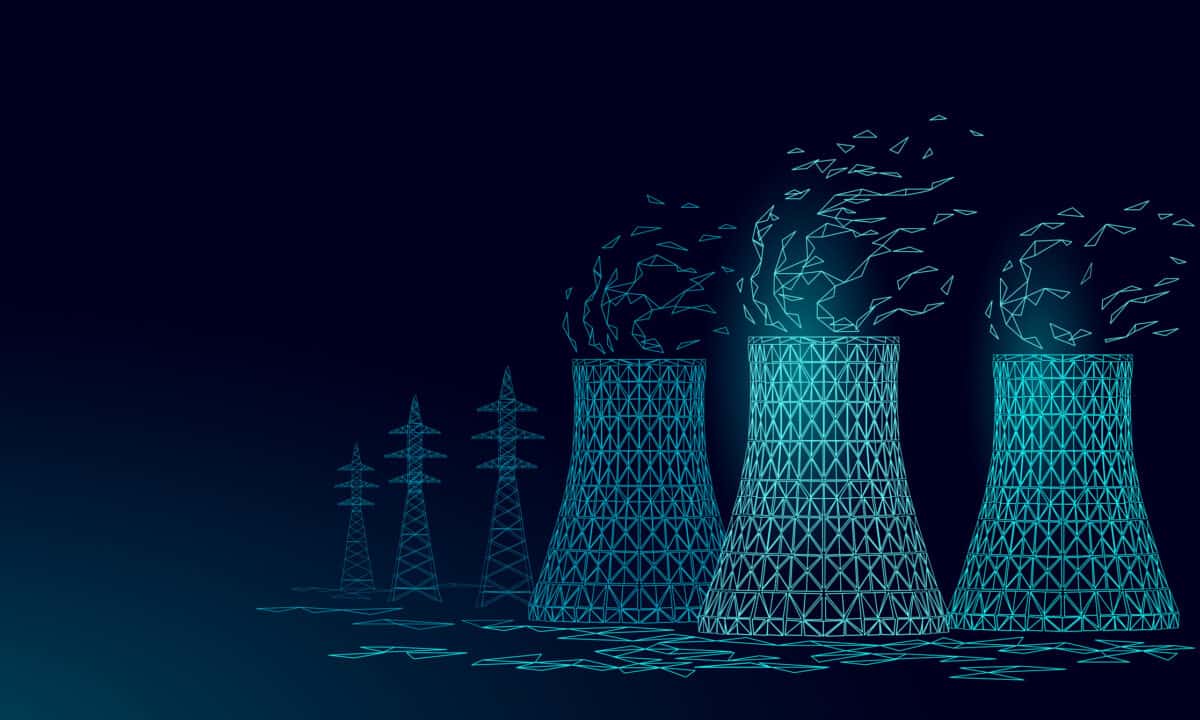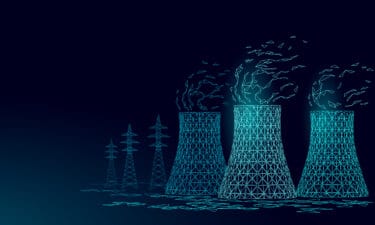On Tuesday, Finance Minister Chrystia Freeland set out the Canadian government’s proposed 2023 budget.
Political commentators have ripped into the plan, but your Motley Fool Canada team has noticed one fascinating detail that everyone else has overlooked: The proposal includes new tax credits for nuclear power.
The government’s proposed $20.9 billion in clean energy tax credits has been framed as a response to the Inflation Reduction Act in the U.S. – an effort to protect investment in vulnerable Canadian industries. That’s true. However, the proposed tax credits will also bolster a Canadian nuclear power industry that’s already a global leader, positioning it to export that technology abroad.
What Are the Specifics of the Tax Credits?
The proposed budget creates three new tax credits:
- An Investment Tax Credit for Clean Technology Manufacturing, which would provide a refundable tax credit equal to 30% of the cost of investments in new machinery and equipment used to manufacture, process, or recycle nuclear energy equipment and nuclear fuels
- An Investment Tax Credit for Clean Electricity, which would provide a 15% refundable tax credit for eligible investments in nuclear power generation systems (including new large-scale and small modular reactors and the refurbishment of existing facilities
- An Investment Tax Credit for Clean Hydrogen, which would “vary between 15 and 40 percent of eligible project costs, with the projects that produce the cleanest hydrogen receiving the highest levels of support”
The Promise of Nuclear-Based Hydrogen
All of these tax credits would benefit Canada’s nuclear industry, but the hydrogen angle is perhaps the least understood. Hydrogen is an efficient, clean fuel that emits only water and warm air when it’s used. And here’s the exciting thing: Hydrogen derived via nuclear energy produced a similar carbon footprint to hydrogen produced from renewables, according to a 2020 paper in Applied Energy. This is exciting because that carbon footprint is low enough to allow nuclear-hydrogen projects to receive the highest tax credits under the proposed budget.
Furthermore, nuclear facilities have a capacity factor (the actual power a facility produces divided by its headline capacity) that’s better than 90%. In contrast, renewables routinely deliver less than 50% of their stated capacity. Nuclear facilities are likely to be more reliable producers of hydrogen than other sources of clean energy.
“The [proposed] budget represents a significant change in how the federal government is approaching nuclear power in Canada,” said John Gorman, president and CEO of the Canadian Nuclear Association. We agree. Nuclear power now is set to receive substantially the same treatment as other clean energy sources, which will likely speed up investment in green energy.
Canada’s Dominance in Clean Energy and Nuclear Tech
Canada leads the world in clean energy generation, largely because of nuclear technology. Ontario eliminated coal from its grid in 2014, in large part thanks to refurbishments of existing nuclear plants. Through this work, Canada has developed world-class expertise in nuclear project administration.
With this expertise in hand, Canada is well-positioned to lead the world in new nuclear technology. The BWRX-300 reactor, set to be deployed at the Darlington Nuclear Generating Station by late 2028, will be North America’s first modern small modular reactor (SMR). Once completed, this design will not only be used in Canada but will also be shared abroad. Earlier this month, entities in Canada, the U.S., and Poland jointly announced a plan to invest in the reactor’s development, with the long term goal for the “design to be licensed and deployed in Canada, the U.S., Poland, and beyond.”
1 Company Poised to Profit
One company with a presence in Canada is already beginning to recognize revenue from the BWRX-300 project: BWX Technologies (NYSE:BWXT).
On March 23, GE-Hitachi awarded BWXT an engineering contract to carry out the engineering, design, manufacturing, and other related support work for the BWRX-300’s reactor pressure vessel (RPV), the largest component within the reactor. The company expects to recognize $100 million in revenue for each reactor that is built, opening line of sight to billions in revenue if publicly disclosed SMR installation plans become reality. This builds on BWXT’s already strong business servicing and refurbishing existing Canadian nuclear reactors, which is also supported by the federal government’s tax increases. Moreover, this government support comes at a time when the company already expects to increase free cash flow fourfold in 2023. If you’re interested in the emerging nuclear opportunity, you should have BWXT on your radar!
Canada’s Coming Power Play
With its proposed tax credits, the government is signaling a commitment to nuclear power that it hasn’t shown before. That support, combined with a world-class nuclear workforce (not to mention a global desire to reduce reliance on Russian nuclear technology), means Canadian companies are poised to become the global partner of choice for new nuclear technologies. Canadian nuclear energy technology stands to be a much bigger part of the global energy mix 5 to 10 years from now. Enterprising investors should take note.








